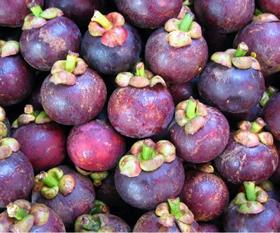
Unusual weather systems in Thailand this year are creating uncertainty for mangosteen exporters there.
Peyton Enloe, of exporter Exoriens, says the company is unsure as to when it will begin its export programme to the US.
“The weather has been very strange this year, with unseasonal cool spells and rain. So, procurement will be especially difficult, and we cannot be sure of our exact starting date.”
While the company already runs a successful export programme into Australia, this will be the first year it has sent mangosteen to markets in the US.
“Exoriens sees great potential to grow interest and consumption of mangosteen in the US, where the fruit is still relatively unknown. We have had great success shipping the fruit to Australia for many years and this year we also expect to ship significant volumes of fruit to our customers in Canada.”
The company will initially send between five and ten tonnes of fruit per week, but Mr Enloe believes export volumes could grow significantly.
“There is increasing demand for mangosteen, not only because of the taste, but also due to the fruits evident health benefits,” says Mr Enloe. “The rarity of mangosteen on fruit stands also tends to motivate consumption.”
Mr Enloe explains mangosteen are grown in various regions in Thailand, which means it can be harvested almost continuously through the year. However, he points out that fruit harvested out of peak season is expensive and of inferior quality.
The peak season for Thailand’s eastern region should begin in the second or third week of May and continue until the end of June, he says. Following this there will be a brief period before the southern region begins producing superior quality fruit. This region should start producing around the second week of July, with harvesting continuing until mid September.



